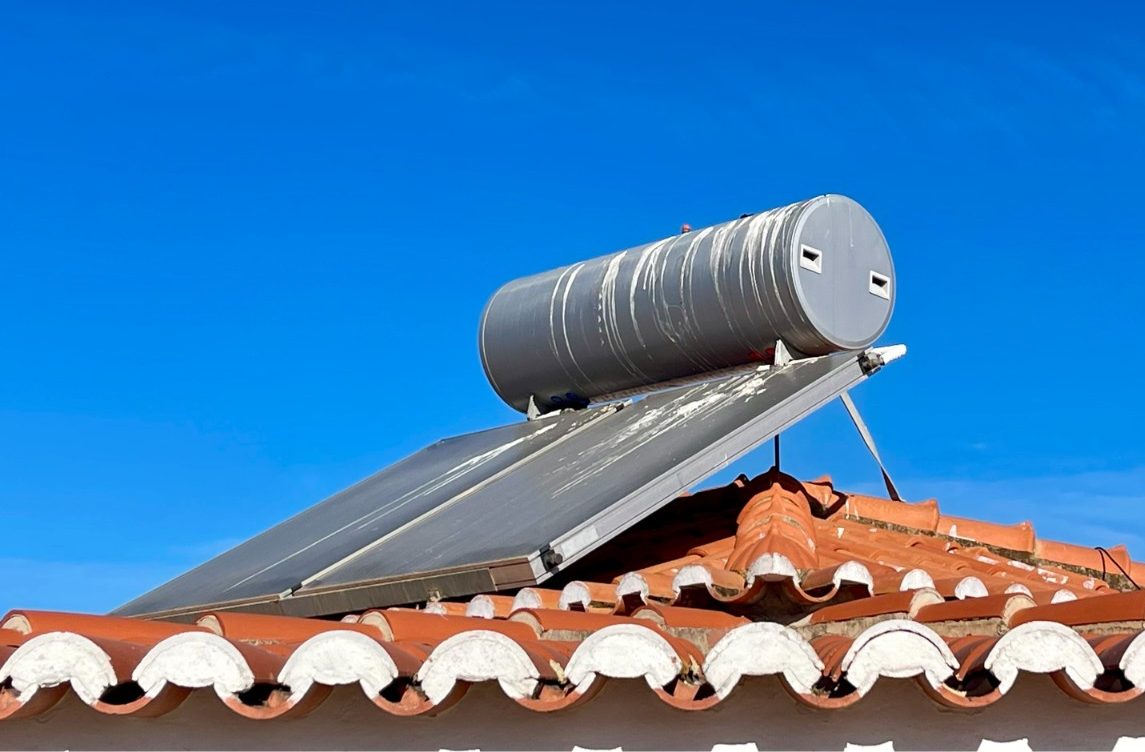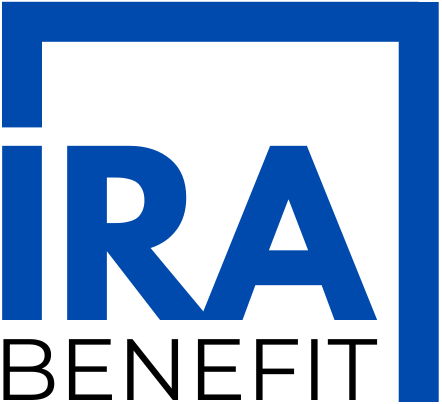TAX INCENTIVES
The IRS offers a comprehensive array of tax incentives under the Inflation Reduction Act (IRA) to encourage investments in clean energy, energy efficiency, and sustainable living. Combining these incentives with strategic tax planning can help homeowners and businesses maximize their financial and environmental benefits. Below is a detailed analysis of how to leverage these IRS incentives in conjunction with the IRA’s provisions.

Residential Clean Energy Credit
Overview
Offers a 30% federal tax credit for installing renewable energy systems like solar panels, wind turbines, and geothermal heat pumps.
IRA Enhancements
Extended through 2034, the credit’s percentage gradually reduces after 2032, encouraging early adoption.
Additional Benefits
- Covers installation costs, including labor, equipment, and energy storage systems (even if added later).
- Applicable retroactively to systems installed in the last three years, providing opportunities for tax refunds.
Overview
Provides up to $1,200 annually for improvements like insulation, energy-efficient windows, and doors.
IRA Enhancements
- Increases the lifetime credit cap to an annual cap, allowing multiple claims for different projects over time.
- Covers 30% of qualified costs, incentivizing gradual and cumulative improvements.

Energy Efficient Home Improvement Credit (Section 25C)

Clean Vehicle and Energy Credits
Overview
Encourages the purchase of electric vehicles (EVs) and home EV charging systems.
IRA Integration
- Up to $7,500 for new EVs and $4,000 for used EVs.
- Includes credits for installing at-home EV chargers, combining well with solar incentives to create a sustainable energy ecosystem.
Extended through 2034, the credit’s percentage gradually reduces after 2032, encouraging early adoption.
Overview
Offers rebates for low- and moderate-income households to electrify homes with heat pumps, solar water heaters, and more.
IRA Support
Fully funds qualifying projects up to certain thresholds, further reducing upfront costs for homeowners.

High-Efficiency Electric Home Rebate Program

Advanced Energy Project Credit (Section 48C)
Overview
Provides 30% investment tax credits for businesses that install renewable energy infrastructure.
IRA Benefit
Includes bonuses for projects in low-income or energy-transition communities, driving equitable energy development.
Integrating IRS Incentives with IRA Provisions for Home Improvements
1. Combining Incentives for Maximum Savings
Homeowners can stack these credits strategically:
- Use the Residential Clean Energy Credit for solar installations.
- Pair this with Energy Efficient Home Improvement Credits for insulation and window upgrades.
- Add rebates from the High-Efficiency Electric Home Rebate Program for heat pumps or solar water heaters.
- Install EV chargers to capitalize on clean vehicle energy credits.
2. Leveraging Retroactive Credits
Thanks to IRA provisions, many credits can be claimed retroactively for up to three years, allowing homeowners to revisit past improvements and secure additional savings.
3. Incentivizing Comprehensive Green Upgrades
By combining solar installations with other upgrades like energy-efficient HVAC systems, homeowners can maximize both immediate tax savings and long-term energy cost reductions. The IRA’s phased approach incentivizes making improvements now rather than delaying.
4. Encouraging Businesses to Participate
Small businesses and real estate investors can use the Advanced Energy Project Credit to offset the costs of installing solar panels or retrofitting properties with energy-efficient technologies, amplifying savings while aligning with sustainability goals.
Streamlined Solutions for Complex Incentives
Our IRA Tax Plan ensures that you navigate these intricate incentives effectively. For a fixed price of $1,250 or 10% of your total tax savings, our tax professionals:
- Assess your eligibility across all applicable IRS and IRA credits.
- Provide step-by-step instructions for you and your CPA to file correctly.
- Offer optional tax filing services to ensure compliance and accuracy.
With the Inflation Reduction Act and IRS incentives, sustainable energy adoption is no longer just an environmental decision—it’s a smart financial strategy. Visit the IRS resources below for further insights:
Leveraging Solar Incentives as a Residential or Commercial Solar Investor
Solar energy systems not only provide environmental benefits but also create financial opportunities for both residential and commercial investors. The key lies in understanding the dual role of solar installations as energy producers and business contracts.
1. Every Solar Installation Is a Business
When a solar energy system is installed, it establishes a power purchase agreement (PPA) or net metering contract with the local utility company. This contract allows the energy produced by the system to either offset the property owner’s energy use or be sold back to the grid. As a result, the solar installation functions like a business, generating revenue from the sale of excess energy.
- Net Metering: Excess energy is sent back to the grid, and the utility company compensates the system owner with credits or payments.
- Feed-In Tariffs (FITs): Some utility companies pay a premium rate for clean energy contributed to the grid, offering an additional revenue stream.
2. Residential Solar as an Investment Opportunity
For homeowners, the Inflation Reduction Act (IRA) offers a 30% Residential Clean Energy Credit, reducing the upfront cost of installation. However, homeowners can also treat their systems as income-generating assets:
- Tax Benefits: Solar systems qualify for depreciation under the Modified Accelerated Cost Recovery System (MACRS), reducing taxable income.
- Revenue Potential: By selling excess energy back to the grid, homeowners can supplement their household income or offset utility costs entirely.
3. Commercial Solar Investments and Incentives
Commercial solar investors benefit from enhanced incentives that align with business tax strategies:
- Investment Tax Credit (ITC): Commercial installations also qualify for the 30% ITC, with potential add-ons for projects in low-income areas or those using U.S.-made equipment.
- Bonus Depreciation: Under the Tax Cuts and Jobs Act, commercial solar systems are eligible for 100% bonus depreciation in their first year, significantly lowering taxable income.
- Energy Savings: Businesses can dramatically cut operational costs by using solar energy, improving their bottom line.
- Green Energy Branding: Companies can enhance their public image by aligning with sustainability goals, making solar not only a financial decision but also a marketing tool.
4. Residential Systems as Corporate Entities
Even residential systems can be structured as small-scale businesses:
- Energy Contracts: The energy produced under net metering agreements is treated as business income, offering an opportunity for further tax optimization.
- Scalability: Multiple installations (e.g., on rental properties) can scale up into a larger solar portfolio, making the homeowner a renewable energy investor.
5. A Combined Approach for Maximum Benefit
By treating residential solar as both a personal investment and a business opportunity, individuals can unlock the full range of IRA and IRS incentives. This includes:
- Leveraging the ITC and MACRS: for significant cost reductions.
- Maximizing energy sales: to generate additional revenue.
- Aligning with local and federal clean energy policies: to take advantage of further grants or subsidies.
The combination of tax incentives, energy sales, and potential depreciation makes solar installations a lucrative investment option, whether for homeowners or commercial investors.
